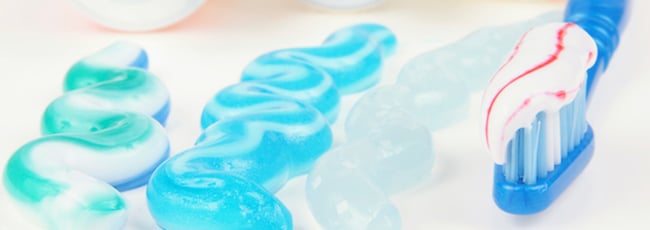Top Facts About Sodium Lauryl Sulfate In Toothpaste

As a consumer, you may already know about sodium lauryl sulfate (SLS), a common ingredient in many personal care products such as shampoo, soap, and toothpaste. SLS is a detergent and surfactant that helps products lather so they’ll be more effective cleaners.
Here are a few facts about this widely used ingredient:
SLS is not dangerous if you use your products correctly. According to the Material Safety Data Sheets, SLS can have negative side effects if inhaled, ingested, put in contact with eyes, or if left on skin too long. So unless you swallow a lot of toothpaste, the SLS used for daily brushing is perfectly safe.
SLS can be irritating to the skin and eyes. People with sensitive skin may find it irritates their mouth, too. If you experience any sensitivities or lesions from brushing, talk to your dentist and switch to an SLS-free toothpaste.
SLS does not cause cancer. This is a persistent myth that’s been floating around the internet. However, the fact is there is no scientific evidence linking SLS to cancer, which has been backed up by the American Cancer Council, the Occupational Health and Safety Administration, and the National Toxicology Program.
SLS is the toothpaste ingredient that’s responsible for making food taste weird after brushing. SLS affects the taste buds on the tongue by inhibiting their ability to taste sweetness, while also enhancing their sensitivity to bitter tastes. Food typically tastes normal again about 30 minutes after brushing.If you’re still concerned about using toothpaste with SLS, many brands make an SLS-free option. Most SLS-free toothpaste is clearly labeled and widely available.

